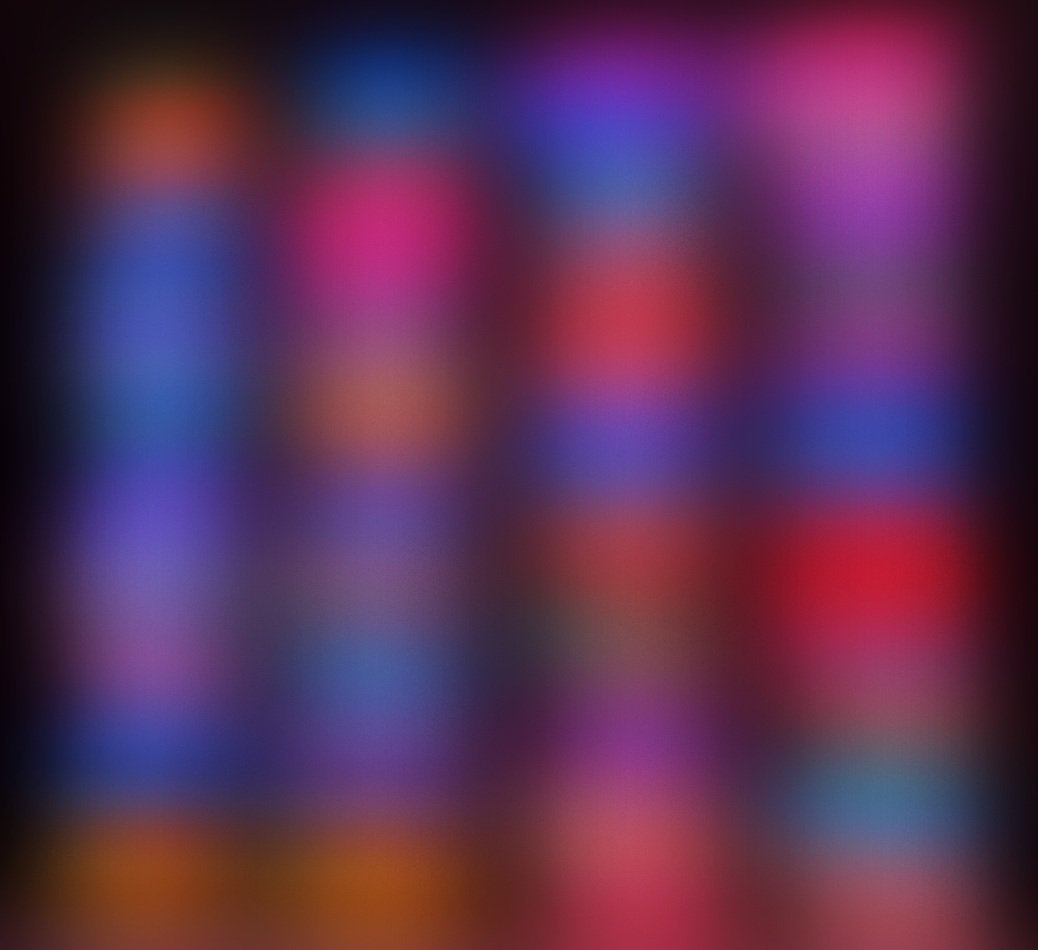
Questions for Amanda:
Why did you become an art teacher?
What is your number one goal when teaching students about art?
Is the process of creating art more important to you, or the outcome of the project?
Why is freedom of expression so crucial in a young student's creative process?
Do you feel as though it is harder to enable freedom of expression with younger students rather than say high schoolers ?
What is one way in which you try to break a student out of their shell if they happen to be extremely introverted and shy about displaying their artwork?
What boundaries have you set with your students when it comes to freedom of expression?
If a student is not necessarily ~artistic~ how do you get them engaged to create art?
Society views art education as something that is not 100% necessary in the education curriculum. What would you tell these people to let them know how vital it actually is for their students' development in education?
What is the number one thing you hope students will take away from your class?
Questions for Adie:
What is your favorite medium to work with?
Which medium do you feel allows the most successful display of your vulnerable and emotional work?
Was your decision to create this type of work a conscious one or something that just happened?
Do you use color in coordination with your emotions?
I saw some of your digital work, do you prefer to show your emotions through your digital work or physical work?
Does your layout of the text reflect any specific thought process, or do you just base it off how you think it will look the best?
Do you find it difficult to be so vulnerable within your artwork, or does it come naturally?
What emotion do you channel most within your artwork- sadness? happiness? longing for something/someone?
What do you do to kickstart your creative process- any specific drinks you have or foods that get you thinking, music or a tv show that strikes an idea?
What would be your number one tip to someone who wishes to create creative emotional pieces but isn't quite sure where to start?
Do you feel as though there is a stigma that prevents more artists from being vulnerable with their work as well as their audiences?
The questions detailed below were created based off of the flow chart you see below. After reviewing with myself the idea of freedom of expression in art, I narrowed down my interests to creative freedom and art as therapuetic tool. Creating this flow chart allowed me to analyze all the different areas in which creative freedom and therapuetic art can be found. I formed questions that not only form around my flow chart discoveries, but also questions that I have always personally wondered. Whether it is instilling creative freedom within my students, or reaching down into myself to create an emotinal pierce, both my questions for teacher Amanda Ellis and freelance artist Adie Yntela will allow me to uncover behind the scenes information inside and outside the classroom.
